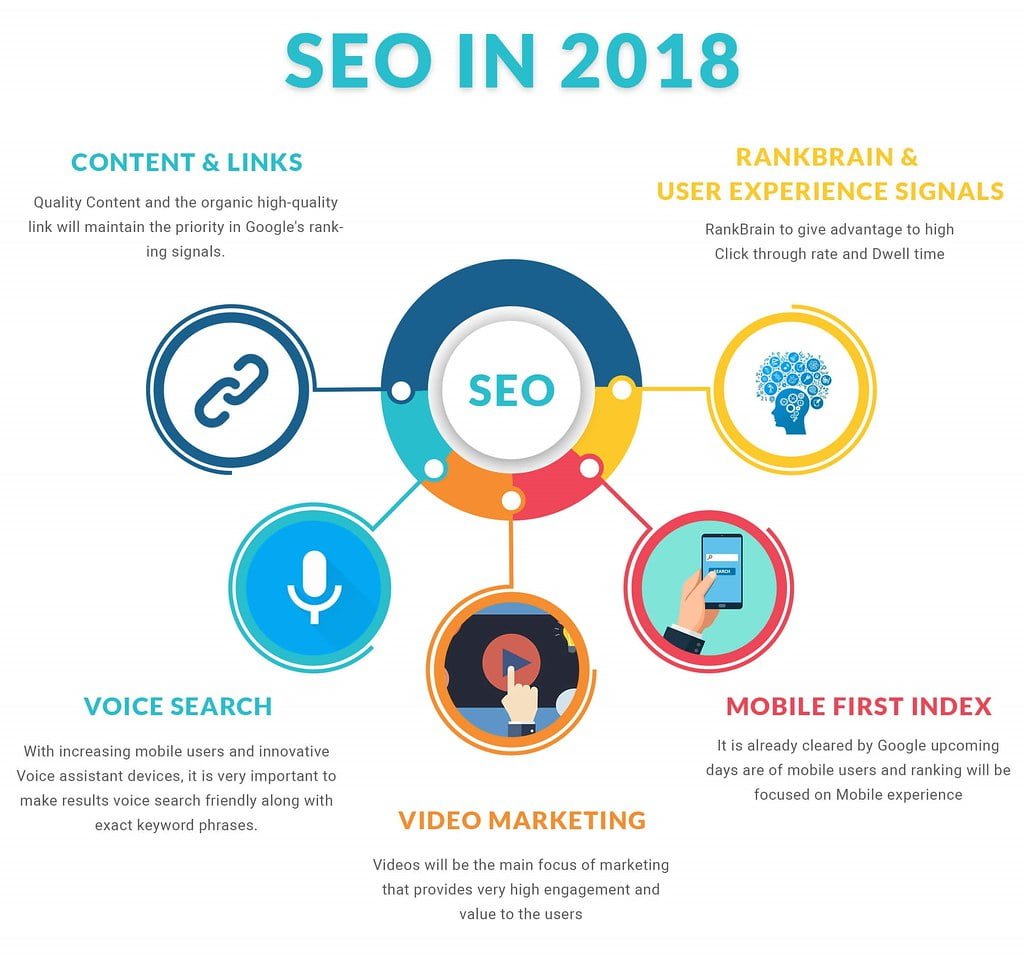In today’s digital age, where accessibility and inclusivity are paramount, ensuring that your website is ADA compliant becomes a non-negotiable task. With the rising importance of inclusive content, the need to cater to users of all abilities has never been more crucial. By crafting an innovative web experience that harmoniously merges creativity and accessibility, you can transform your website into an inclusive haven that welcomes everyone with open arms. In this article, we will explore the power of inclusive content and delve into the world of ADA compliance, unraveling the secrets to making your website a truly accessible and user-friendly space. So, tighten your digital belts and prepare to embark on a journey that will revolutionize your online presence, making it a haven of inclusivity for all.
Table of Contents
- Inclusive Content: A Key to Ensuring ADA Compliance on Your Website
- Understanding the Importance of Accessibility Guidelines for Web Content
- Creating an Inclusive Website: Tips and Best Practices for ADA Compliance
- Enhancing User Experience through Inclusive Design and Accessible Content
- Q&A
- To Conclude

Inclusive Content: A Key to Ensuring ADA Compliance on Your Website
Ensuring ADA compliance on your website is not just about meeting legal requirements, it’s also about creating a truly inclusive digital experience for all users. Inclusive content plays a crucial role in making your website accessible to individuals with disabilities, allowing them to navigate and engage with your site effectively. Here are some key considerations to keep in mind:
1. Alt Text: Providing accurate and descriptive alt text for images is essential for users who are visually impaired. Alt text acts as a substitute for images and is read aloud by screen readers, enabling those with visual impairments to understand the content.
2. Clear and Concise Language: Using simple and straightforward language helps all users understand your content easily. Avoid complex jargon or technical terms whenever possible, and break down information into smaller, easily digestible chunks.
3. Proper Heading Structure: Heading tags (H1, H2, H3, etc.) help organize the content on your webpage, providing a hierarchical structure that is beneficial for all users. Make sure to use headings in a logical order and avoid skipping levels (e.g., jumping from H2 to H4).
4. Descriptive Links: Instead of using generic phrases like “click here” or “read more,” make your links descriptive. This allows users with assistive technology to understand where the link leads to without relying solely on visual cues.
5. Captions and Transcripts: Including captions and transcripts for multimedia content such as videos and podcasts is crucial for individuals who are deaf or hard of hearing. These features provide textual alternatives that ensure everyone can access and understand the information being conveyed.
By implementing these inclusive content strategies, you can make significant strides towards achieving ADA compliance on your website while simultaneously creating a user-friendly experience for all your visitors. Remember, inclusivity isn’t just a legal requirement, but a valuable way to connect with a wider audience and demonstrate your commitment to accessibility.
Understanding the Importance of Accessibility Guidelines for Web Content
Designing and developing a website that is accessible to all users, including those with disabilities, is of utmost importance in today’s digital landscape. The guidelines for web content accessibility, such as the Web Content Accessibility Guidelines (WCAG) set forth by the World Wide Web Consortium (W3C), aim to ensure that people of all abilities can access and engage with online content seamlessly. By adhering to these guidelines, you can make your website ADA compliant, effectively reaching a wider audience and creating a more inclusive online experience.
One key aspect of web accessibility is providing alternative text for images. This allows individuals who use screen readers or have visual impairments to understand the content of an image. By providing concise and descriptive alt text for each image on your website, you enable these users to fully engage with your content. Additionally, using proper heading tags, such as
,,, etc., can greatly assist users with screen readers in navigating your website’s structure. These headings should be used in a hierarchical manner, with as the main heading and subsequent headings indicating sub-sections.
, etc., can greatly assist users with screen readers in navigating your website’s structure. These headings should be used in a hierarchical manner, with as the main heading and subsequent headings indicating sub-sections.
Furthermore, ensuring proper color contrast is essential for users with low vision or color blindness. By selecting colors that have sufficient contrast, you make it easier for these individuals to read and understand the content on your website. You can use online tools, such as the WebAIM Contrast Checker, to test the color contrast of your website elements. Additionally, providing clear and descriptive link text, rather than generic phrases like “click here,” enhances the accessibility of your website by providing context and improving the overall user experience. Implementing these accessibility guidelines not only helps individuals with disabilities, but also enhances usability for all users, creating a more inclusive and user-friendly web presence.
Creating an Inclusive Website: Tips and Best Practices for ADA Compliance
When it comes to creating an inclusive and accessible website, adhering to ADA (Americans with Disabilities Act) compliance is crucial. Ensuring that your website is accessible to all users, regardless of their physical abilities, not only helps you reach a wider audience, but also demonstrates your commitment to inclusivity. Here are some helpful tips and best practices to make your website ADA compliant:
1. Use clear and concise language: Provide straightforward content that is easy to understand for all users. Avoid using jargon or complex terminology that may be confusing or exclude certain individuals.
2. Provide alternative text for images: Including alt text for images allows screen readers to describe the content of the images to visually-impaired users. Be descriptive but concise in your alt text to convey the meaning and context of the image.
3. Ensure proper color contrast: Use colors that provide sufficient contrast between the text and its background. This ensures that individuals with visual impairments can easily read and comprehend the content on your website.
4. Make use of headings and subheadings: Structuring your content using headings and subheadings not only makes it easier for all users to scan the page, but also helps individuals who use screen readers navigate and understand the content more effectively.
5. Provide captions and transcripts for audio and video content: Including captions or transcripts for audio and video content ensures that individuals with hearing impairments can access the information being conveyed. This also benefits users who may have limited internet bandwidth and prefer to read the content.
By following these tips and implementing ADA compliance practices, you can make your website more inclusive and accessible to all users. Remember, creating an inclusive website not only benefits individuals with disabilities, but also improves the overall user experience for everyone.
Enhancing User Experience through Inclusive Design and Accessible Content
Inclusive design and accessible content are crucial elements when it comes to enhancing user experience on your website. Ensuring that your website is ADA compliant means that it is accessible to all users, regardless of their abilities or disabilities. So, how can you make your website ADA compliant and provide a seamless experience to all users?
1. Alt Text for Images: Adding alt text to your images is essential for users who rely on screen readers. Alt text provides a description of the image, allowing visually impaired users to understand its content and context.
2. Clear and Consistent Navigation: An easy-to-navigate website is key to providing a positive user experience. Ensure that your navigation is clear, consistent, and easy to understand. Use descriptive labels for your menu items and provide a logical hierarchy to guide users through your website effortlessly.
3. Keyboard Accessibility: Not all users can use a mouse to navigate your website. Make sure that all interactive elements on your site, such as links, buttons, and forms, are accessible via the keyboard. Users should be able to navigate and interact with your site using only the keyboard.
4. Readable Text: Use clear and readable fonts that are accessible to users with visual impairments. Avoid small font sizes and opt for sufficient contrast between the text and background. Additionally, consider offering options for users to adjust the font size and color scheme on your website.
5. Video Transcriptions and Captions: Including transcriptions and captions for videos is essential for users who are deaf or hard of hearing. This allows them to understand the content of the video without relying solely on audio.
By implementing these strategies, you can make your website more inclusive and provide a better user experience for all users. Remember that creating an accessible website not only benefits those with disabilities but also improves usability for everyone. Start incorporating inclusive design principles today and make your website ADA compliant.
Q&A
Q: What is the importance of making your website ADA compliant?
A: Your website being ADA compliant ensures accessibility to all users, including those with disabilities, allowing them to fully engage with your content and services.
Q: How does inclusive content contribute to ADA compliance?
A: Inclusive content refers to creating and presenting content in a way that is accessible and inclusive for everyone, including people with disabilities. By incorporating inclusive design principles, you enhance the overall accessibility of your website, making it ADA compliant.
Q: What are some key elements to consider when making your website ADA compliant?
A: Some key elements to consider include providing alternative text for images, using descriptive headings and titles, implementing keyboard navigation, ensuring audio and video content is accessible, and maintaining a clear and consistent website structure.
Q: What is alternative text, and why is it important for ADA compliance?
A: Alternative text, also known as alt text, is a brief description that is added to images on your website. It is essential for ADA compliance because it allows users who are visually impaired to understand the content and purpose of the images through screen readers or other assistive technologies.
Q: How does keyboard navigation contribute to website accessibility?
A: Keyboard navigation allows users to navigate your website using only their keyboard, without relying on a mouse or other pointing devices. This feature is crucial for those with motor disabilities or people who have difficulty using a mouse, ensuring they can access your website’s content effectively.
Q: Can you explain the importance of clear and descriptive headings for ADA compliance?
A: Clear and descriptive headings help users navigate your website more easily. They also help screen readers understand the structure and organization of your content, allowing visually impaired users to locate and comprehend information more efficiently.
Q: How can audio and video content be made accessible for ADA compliance?
A: To make audio and video content accessible, providing accurate captions and audio descriptions is vital. Captions allow individuals with hearing impairments to understand the dialogue or narration, while audio descriptions provide a description of important visual elements for individuals with visual impairments.
Q: Is maintaining a clear and consistent website structure essential for ADA compliance?
A: Yes, maintaining a clear and consistent website structure is crucial for ADA compliance. It helps users navigate your website intuitively, regardless of their abilities. A logical structure ensures that information is presented in a consistent manner, minimizing confusion and enhancing accessibility for all users.
Q: Are there any tools available to assist in making websites ADA compliant?
A: Yes, there are numerous tools and resources available to assist in making websites ADA compliant. Some popular ones include web accessibility evaluation tools, screen readers, color contrast checkers, and online courses or guides on accessible design and development.
Q: Can you summarize the benefits of creating inclusive content and making your website ADA compliant?
A: Creating inclusive content and making your website ADA compliant benefits not only individuals with disabilities but also your entire audience. It enhances accessibility, improves user experience, increases customer satisfaction, and ensures that your website is welcoming to everyone, regardless of their abilities.
Future Outlook
As we wrap up our exploration of inclusive content and the significance of making your website ADA compliant, one thing becomes clear: the power of inclusivity knows no bounds. By embracing accessibility as a fundamental aspect of web design, we not only open doors for individuals with disabilities but also create a more equitable online space for all.
Remember, inclusivity is not a mere checkbox to be ticked off; it is a transformative mindset that requires continuous learning and adaptability. As technology advances and inclusivity standards evolve, it is vital to stay informed and responsive to the needs of diverse users.
So let our websites be the shining beacons of accessibility, where everyone feels valued, heard, and welcome. Let us champion equal access for all, advocating for a digital landscape that fosters connection, empowerment, and growth.
As we forge ahead, harmonizing aesthetics with functionality, let’s remember that inclusive content is not just a trend, but a cornerstone of our digital existence. Together, we can create a future without barriers, where diversity is celebrated and everyone can thrive.
So, let us embark on this journey hand in hand, with empathy, creativity, and a commitment to building a website that leaves no one behind. The impact we make today will shape the experiences of countless individuals who rely on our efforts.
Step by step, line by line, let’s write a new chapter in the tale of an inclusive web, where the possibilities are endless and accessibility reigns supreme.

